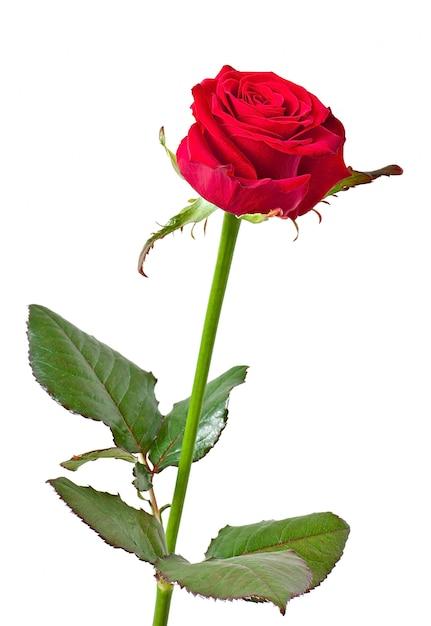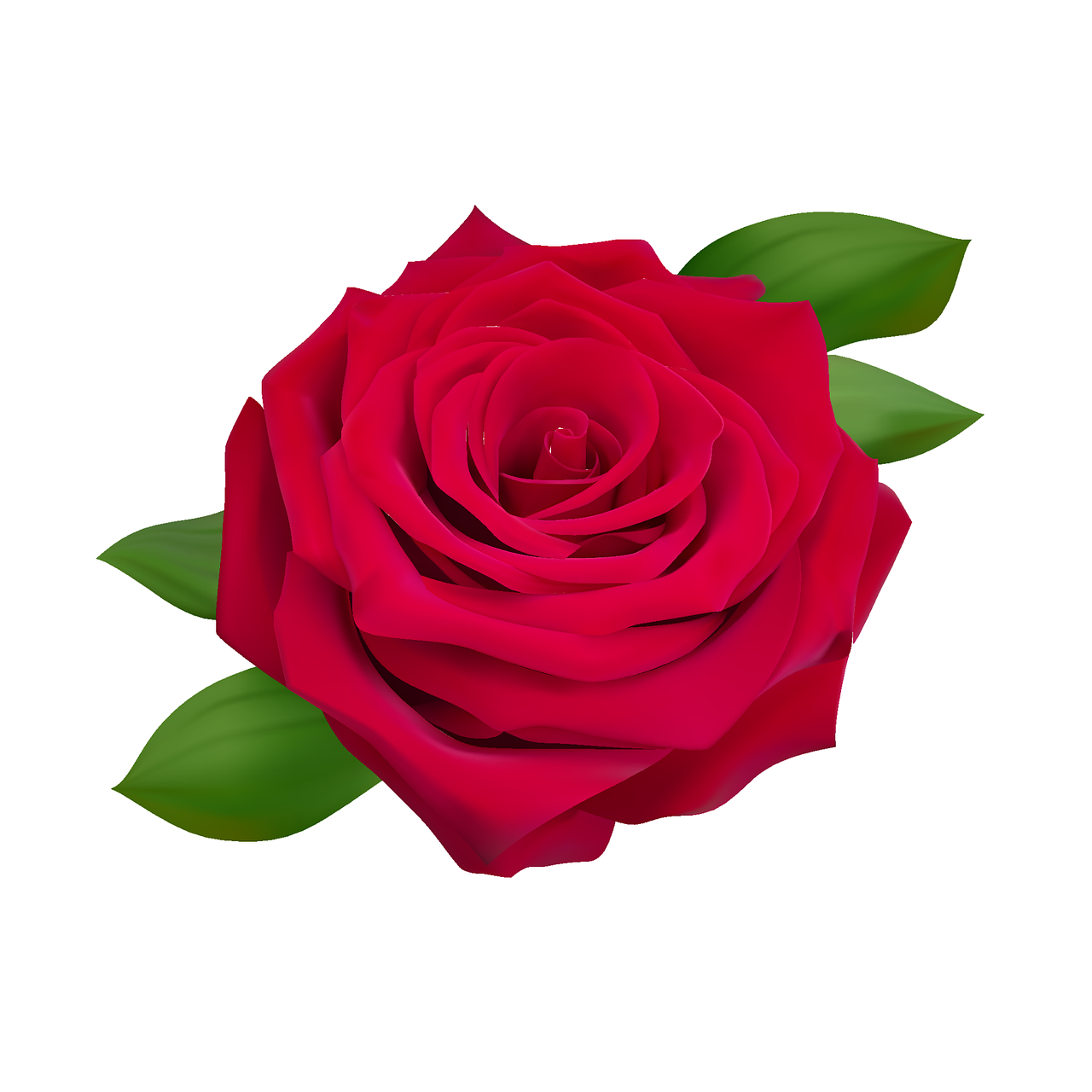Roses, with their stunning colors and enchanting fragrance, have captivated humans for centuries. They are not just ordinary flowers; they hold a special place in our hearts and culture. In this blog post, we will explore the significance of roses and why they are considered one of the most beloved flowers in the world.
Roses are not only aesthetically pleasing, but they also have a rich symbolism. They are often associated with love and affection, making them popular choices for expressing heartfelt emotions. Whether it’s a vibrant red rose for passionate love or a delicate pink rose for gratitude and admiration, each color carries its own meaning, adding depth to the language of flowers.
Beyond their symbolism, roses have practical benefits as well. They are widely used in the fragrance and cosmetic industries due to the distinct and captivating scent they emit. Rose petals are often used in perfumes, skincare products, and even culinary delights for their aromatic qualities and delicate flavor.
Join us on a journey to discover the various parts of the rose flower, their functions, and why these magnificent blooms continue to hold a special place in our lives. Unearth the secrets behind what makes a rose a complete flower and dive into the world of petals, whorls, and the magic that unfolds within each bloom.
So, sit back, relax, and let the enchanting allure of roses fill your senses as we explore the importance of the rose flower in this captivating blog post.

The Symbolic Significance of Roses
The Language of Roses: Sending Hidden Messages
Roses have been used throughout history to convey emotions and sentiments without the need for words. In the Victorian era, for example, a simple rose could express love, friendship, or even sorrow depending on its color and arrangement. It was like a secret code, allowing people to express their feelings discreetly and romantically.
A Rose for Every Occasion
No matter the occasion, roses always seem to have a place. From birthdays to weddings, roses bring beauty, elegance, and a touch of glamour to any event. Whether it’s a single rosebud gifted on Valentine’s Day or a lavish bouquet given during an anniversary, roses have an innate ability to make the recipient feel special and cherished.
Healing Powers and Aromatherapy
Apart from their visual appeal, roses also possess healing properties that have been recognized for centuries. Rose oil, extracted from the petals, is known for its countless benefits, including reducing stress, promoting relaxation, and even boosting mood. So, the next time you feel a little frazzled, inhale the sweet scent of roses and let their calming effect wash over you.
Love for Your Skin
In the world of skincare, roses reign supreme. Rosewater is a popular ingredient in many beauty products, thanks to its hydrating and soothing properties. It can help balance the skin’s pH levels, reduce inflammation, and leave you with a radiant complexion. So, if you’re looking to pamper yourself, why not try a rose-infused face mask or toner? Your skin will thank you!
Culinary Delights: Adding Flavor to Your Plate
Did you know that roses can also tickle your taste buds? The petals of certain rose varieties are edible and can be used in a variety of culinary creations. From rose-flavored macarons to delicate rose petal jams, these floral treats add a touch of elegance and sophistication to any dessert or snack. So, the next time you want to impress your dinner guests, consider adding a sprinkle of rose petals for that extra fancy flair.
Simply a Sensory Delight
Beyond their symbolic meanings and practical uses, roses simply bring joy to our senses. They captivate us with their velvety petals, intoxicating fragrance, and vibrant colors. Whether it’s the classic red rose, the delicate pink tea rose, or the enchanting yellow rose, each variety offers a unique sensory experience that is sure to uplift the spirit and bring a smile to your face.
In conclusion, the importance of roses stretches far beyond their outward beauty. They are a symbol of love, a source of healing, and a delightful sensory experience. So, the next time you come across a rose, take a moment to appreciate the many ways it adds joy, elegance, and romance to our lives.
Note: This blog post is purely for informational and entertainment purposes. It is not intended to provide medical or professional advice.

FAQ: What is the importance of rose flower?
How many whorls are present in a complete flower
In a complete flower, there are typically four whorls. The whorls include the calyx, corolla, androecium, and gynoecium.
What are the functions of petals
Petals serve multiple purposes. They not only attract pollinators with their vibrant colors and enticing fragrances but also protect the reproductive organs of the flower.
What are the 7 parts of a flower
The seven parts of a flower are the calyx, corolla, sepals, petals, stamens, pistils, and ovaries. Each part plays a crucial role in the flower’s overall structure and reproductive process.
What is special about roses
Oh, where do we even begin with roses? Roses are nature’s epitome of beauty and elegance, captivating hearts with their velvety petals and enchanting aromas. They symbolize love, passion, and even friendship. With their exquisite variety of colors, shapes, and sizes, roses are the queens of the flower world.
Is the rose a complete flower
Absolutely! Roses are the pinnacle of completeness in flowers. They possess all the necessary parts – sepals, petals, stamens, and pistils – to enable reproduction, making them complete and beautiful all at once.
Is a perfect flower a complete flower
Yes, indeed! A perfect flower, like the rose, contains both male and female reproductive structures (stamens and pistils) within the same blossom. It doesn’t need any other flower’s help to pollinate and produce adorable little seeds.
Is rice a complete flower
Well, rice plants might not win any beauty pageants, but they do have complete flowers. Each rice flower contains all the essential parts, making them perfectly capable of reproducing and providing us with delicious grains.
What is the importance of rose flower
Ah, the importance of roses! Aside from being a delight for our senses, roses have immense cultural, emotional, and economic significance. They are often used in various religious ceremonies, weddings, and other special occasions. Roses also have essential roles in the fragrance and beauty industries, providing aromatic oils and extracts. Plus, the rose’s medicinal properties are truly remarkable, offering potential health benefits in the form of teas, oils, and creams.
Why is the rose your favorite flower
Ah, I see you have impeccable taste! The rose holds a special place in my heart because of its timeless beauty and its ability to fill any space with romance and charm. It’s the flower that ignites feelings of joy, passion, and love within me. Plus, how can one resist being enchanted by a delicate and aromatic bloom that effortlessly steals the show?
What are the 4 parts of a complete flower
A complete flower consists of four essential parts: sepals, petals, stamens, and pistils. Each of these parts plays a crucial role in the reproductive process and contributes to the overall allure and splendor of the blossom.
Is the daisy a complete flower
Absolutely! The daisy may seem like a humble flower, but it packs a punch when it comes to completeness. Just like the rose and other dazzling beauties, the daisy possesses all the necessary parts to reproduce and enchant us with its simple yet captivating charm.
What makes a complete flower
A complete flower is like the superstar of the botanical world. It boasts all the essential parts required for successful reproduction, which include sepals, petals, stamens, and pistils. So, in a nutshell, completeness ensures the flower can flaunt its beauty and fulfill its purpose in the grand cycle of life.
What do the parts of a flower do
Each part of a flower has its own important role. The sepals protect the bud, the petals attract pollinators, the stamens produce pollen, and the pistils contain the ovary where seeds develop. It’s a harmonious team effort to ensure a flower’s success in producing new life.
Do all flowers turn into fruits
Well, not exactly. While some flowers transform into fruits, not all flowers undergo this delightful metamorphosis. Only those lucky flowers that manage to get pollinated and successfully fertilized evolve into fruits. So, if you ever spot a fruit, remember that it all started with a determined flower.
What are the 5 parts of a flower
A flower relies on its sensational team of five vital parts. These include sepals, petals, stamens, pistils, and ovaries. Together, they create a symphony of colors, fragrances, and reproductive wonders that we can admire and appreciate.
Is the lotus a complete flower
Absolutely! The exquisite lotus, with its radiant beauty and spiritual significance, is undoubtedly a complete flower. With its mesmerizing petals, stamens, pistils, and all the other essential parts, the lotus takes completeness to a whole new level.
What are the three main functions of a flower
Ah, the flower, a true multitasker! Its three main functions are to produce pollen for reproduction, attract pollinators for fertilization, and develop seeds and fruits for the dispersal of its legacy. Talk about a flower power play!
What are the parts of the rose flower
The rose mesmerizes us with its captivating parts. It boasts sepals, petals, stamens, pistils, and ovaries. These elements work together harmoniously, creating the delicate, fragrant, and awe-inspiring wonder we know and adore.
